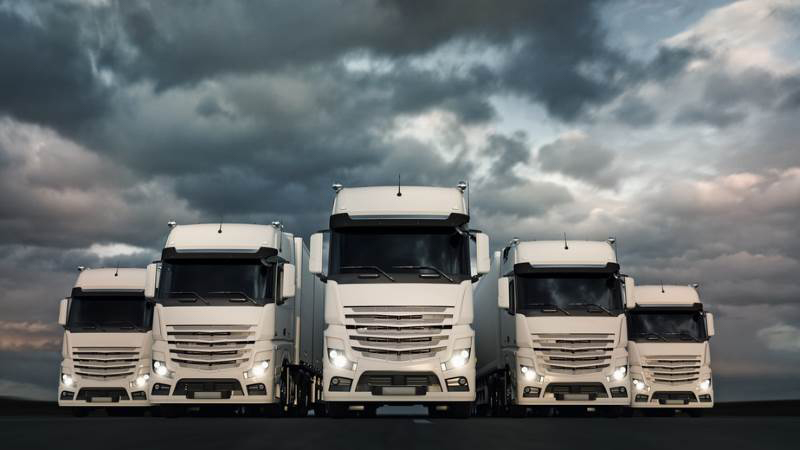End-to-end commerce: The importance of delivering

06 September 2016
Ecommerce has revolutionised more than just the retail sector – it’s changed the world. Figures from the Office for National Statistics (ONS) show that online sales are growing by around 16 per cent year-on-year, and now account for almost 15 per cent of all retail transactions.

Its growth, however, depends not only on its own success, but also on that of the delivery industry. Thousands of couriers carry millions of items across the UK every day, allowing businesses to complete the purchase process and keep customers happy.
How big is the delivery sector?
Data compiled by IBISWorld shows the UK’s postal and courier activities industry to be worth a whopping £22 billion, having grown by more than three per cent over the past five years. It also provides employment for close to quarter of a million people, with further expansion expected as demand rises in the near future.
So, while the ability to shop online has changed many people’s lives, its dependence on delivery firms cannot be denied – the owners, drivers, administration teams, managers and everyone else involved are essential, as are the technologies that fuel their operations.
The importance of efficiency
The delivery industry’s role in ecommerce is essential, but for it to continue providing such support, it must operate efficiently. This is the main goal for most courier businesses these days – as the costs of fuel and labour rise, companies must be able to remain competitive without compromising on service quality.

In the age of social media, negative sentiment tends to spread pretty quickly for any product or service, but consumers seem especially eager to share their thoughts on bad delivery experiences. It’s now normal to see damning stories in the media and online, and these affect not only the company in question, but also the retailer for which it’s working.
Enter, technology
Courier companies are finding lots of ways not only to measure their effectiveness, but also to improve it. There are plenty of influencing factors, of course, but technology is perhaps the biggest force for change – with hardware and software both evolving rapidly, drivers and their managers are gaining more time to keep customers and partners happy.
Below are some of the most fruitful changes.
More accurate schedules
The use of both electronic proof of delivery (EPOD) and GPS technologies is helping fleet managers to get a much more accurate view of their operations. They can see when drops are made, and in which order, allowing them to clear job lists quickly and optimise routes in the long-term.
Reduced outgoings
With better managed routes and quicker drop-offs, it’s possible to reduce fuel costs. Busier areas can be avoided when necessary, and smoother days boost staff morale. The gains may not be huge at first, but a couple of pounds here and there certainly adds up over the year.
Insurance costs may also be impacted by the availability of more accurate and immediate driver reports, as it’s possible to see not only routes but also speeds and driving style.
A vastly improved service
The real-time generation of accurate data means the days of vague, eight-hour delivery windows are over. Companies can now afford to tell recipients when they need to be at home, to save them wasting their days. This kind of service not only keeps the end-customer happy, it’s also a great selling point for delivery firms looking to seal contracts with major retailers.
The future’s bright
It’s clear that technology is changing the way courier companies operate for the better, and there’s still much more to come. As capabilities of both hardware and software on the market continue to expand, so too will those of delivery drivers and their managers. This, in turn, will have a significantly positive impact on ecommerce in general.